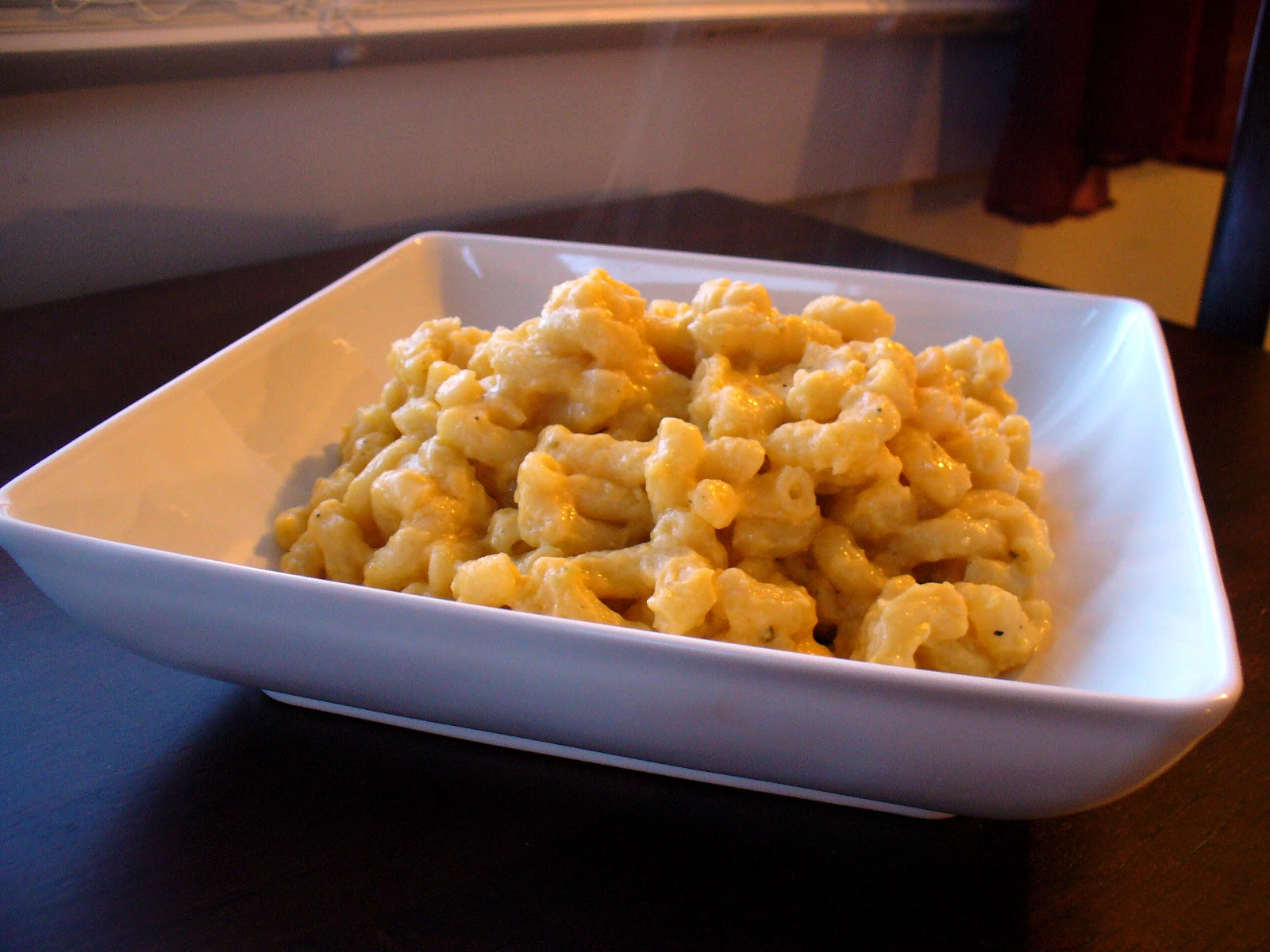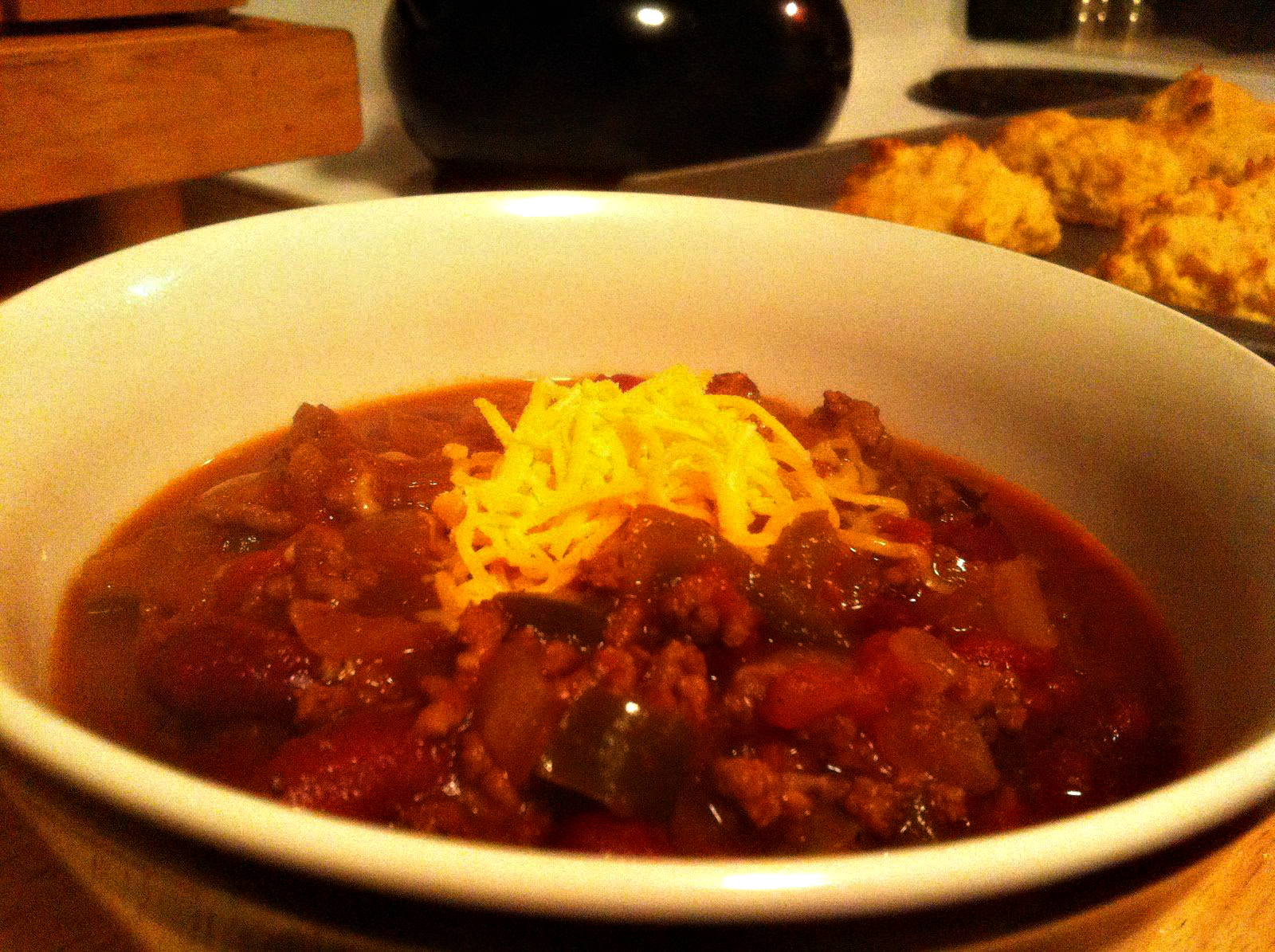Pork and Sauerkraut - A New Years Tradition
HAPPY NEW YEAR!! I think my most favorite of part New Year's is having Pork and Sauerkraut. I don't think I have ever NOT had Pork and Sauerkraut on New Year's day as a matter of fact. Then after moving to Indiana, I soon discovered that having Pork and Sauerkraut on New Year's Day as a way to bring you good fortune in the New Year isn't a very common tradition. After doing some more research I learned that it was brought over from Germany via the Pennsylvania Dutch. Here is a more detailed right up on the tradition:
“The dish is a German custom that was brought over by the Pennsylvania Dutch who settled largely in the central and southcentral portions of the state. William Woys Weaver, a food historian and author based in Chester County, said winter butchering often took place in the months just before Christmas or New Year’s, so celebratory meals happened around those times with a feast of roasted fresh pork.
Sauerkraut was often added to the meal as a side dish because fall is the height of cabbage harvesting. To make sauerkraut, at-home cooks would pickle the cabbage to turn it into the soft side dish and, largely, to preserve it before refrigeration had become a commonality.
Unless you’ve brined your own cabbage before (kudos if you have!) you probably aren’t aware: It actually takes between six and eight weeks of soaking the stuff before the cabbage turns to full-on kraut. From the peak fall harvesting of cabbage time in October, the sauerkraut was done right around the holidays. The slightly-sour, tart dish was found to be a perfect pairing with the fatty pork.
But the custom of having a pig in the backyard started to disappear by the latter part of the 1900’s, Weaver said, so people continued the holiday custom through the butcher shop. That’s when the pork and sauerkraut combo more or less shifted to Christmas Day dinner or to New Year’s Day.
And it continued on Jan. 1 not because of convenience, but because superstition kicked in.
“The folk saying was that pork brought good luck,” Weaver said, “since the pig roots forward.” This “rooting forward” by the pig and its snout symbolizes progress, as compared to the chicken and the turkey which scratch backward.
He added that the idea that pork brings good luck along with it is actually pre-Christian and “deeply embedded” in Old World ideas about pigs and their animal form as a symbol of Lugh, an Irish deity who was believed to have controlled good luck, money and wealth.
Somewhere along the lines, sauerkraut picked up its own superstitions. The Pennsylvania Dutch are known to tell children that if they eat sauerkraut on New Year’s Day, they’re in for “a sweet year.” It’s also said in Dutch folklore that long strands of sauerkraut represent a long life to be lived, and the green color that sauerkraut starts as can symbolize money: The more kraut, the more cash.
The tradition grew and was picked up by many non-Pennsylvania Dutch. Today, grocery stores around the region carry pork and sauerkraut this time of year as it’s in high demand.”
With everything in the kitchen, there are usually multiple ways to do recipes. I know some people use ham, loins, chops, roasts...it all works. But, like in the quotation above, sauerkraut pairs really well with a piece of fatty pork, which is why I chose to go with country pork spare ribs because they have a wonderful blend of white and dark pork, as well as, a nice marble of fat. Then I also add in some polish kielbasa which also adds a nice fatty/smokey flavor.
While this dish has a special place in my heart for New Year's, it tastes good all year long. It makes a lot and it tastes absolutely delicious!
Pork and Sauerkraut
Prep time: 25m | Cook time: 6-8hrs | Total time: 6.5-8.5hrs | Yield: 4-6 servings
Ingredients
-
- 1 medium yellow onion, halved and thinly sliced
- kosher salt and fresh ground black pepper, to taste
- 2 pounds homemade or prepared sauerkraut, drained of excess liquid
- 2 tsp fennel seeds
- 2 pounds boneless country pork spareribs
- 1 pound kielbasa, cut crosswise into 3-inch pieces
- 1/2 cup low-sodium chicken stock
- 1/2 cup beer (I used an IPA)
- Dijon or whole-grain mustard, for serving
Cooking Directions
- Generously season spareribs with salt and pepper. Heat a large pan over medium high heat, add a tablespoon of canola oil and sear the spareribs until browned on all sides. Remove to a plate and set aside.
- Add the sliced onions and drained sauerkraut to the slow cooker, season with salt, pepper, and fennel season. Stir to combine.
- Add the kielbasa to the slow cooker, stir to combine.
- Add the seared spareribs on top of the sauerkraut mixture and then add the stock and beer to the slow cooker. Cook on low heat for 6-8 hours until the ribs are tender.
- Arrange the sauerkraut mixture and pork on a serving platter and then drizzle with some of the remaining juices. Serve with mustard







